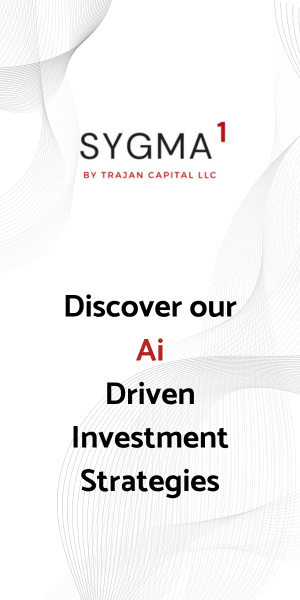Neural Networks in Investment Management: Bridging Complex Analysis and Strategy Development

Introduction to Neural Network AI
Artificial Intelligence (AI) has long been at the forefront of technological advancements, offering solutions and enhancements across various sectors, including finance. At the heart of this AI revolution is the development of neural network AI, a subset of machine learning inspired by the human brain’s architecture. Neural networks represent a significant leap forward in the quest for machines that can learn, adapt, and make decisions with minimal human intervention.
Historical Context and Predecessors
Before neural networks became a cornerstone of modern AI, early forms of artificial intelligence relied heavily on rule-based algorithms and basic machine learning models. These systems, while innovative for their time, were limited by their inability to process complex data or learn beyond their explicit programming.
The transition to neural networks was driven by the desire to overcome these limitations. Inspired by the interconnected structure of neurons in the human brain, neural networks were designed to recognize patterns and make decisions in a more nuanced and adaptive manner.
Understanding Neural Networks
Neural networks consist of layers of nodes, or “neurons,” each capable of performing simple computations. Through the connections between these nodes, neural networks can process data in a hierarchical manner, learning to recognize patterns and make predictions based on the input they receive.
Unlike standard machine learning models, which often require hand-crafted features and linear decision-making paths, neural networks learn to identify features and make decisions based on the data itself, enabling a more dynamic and flexible approach to AI.
Deep Learning Capabilities of Neural Networks
Deep learning, an advanced subset of neural network technology, utilizes multiple layers (hence “deep”) to process data, allowing for the identification of highly complex patterns. This capability makes deep learning particularly suited for tasks involving large datasets and intricate data structures, such as image and speech recognition, and, crucially, financial market analysis.
Key Advantages Over Standard Machine Learning
The primary advantages of neural networks, especially deep learning models, over standard machine learning include their ability to continuously learn and improve from data inputs, process and interpret complex data structures, and make predictions with increasing accuracy over time.
Neural Networks in Investment Management
In the realm of investment management, neural networks have been groundbreaking, enabling firms to analyze vast amounts of market data, identify investment opportunities, and manage risks with unprecedented precision. For example, hedge funds and asset managers utilize neural networks to predict market movements based on historical data trends, economic indicators, and other relevant factors.
Example: Quantitative investment firm Renaissance Technologies leverages complex neural network models to parse through global financial data, identifying patterns that humans cannot discern, thereby driving investment decisions that have consistently outperformed the market.
Conclusion
The advent of neural network AI has transformed investment management, offering tools that can learn, adapt, and predict in ways that were previously unimaginable. As these technologies continue to evolve, the potential for neural networks in finance and beyond remains vast, promising further advancements in AI-driven analysis and decision-making.


